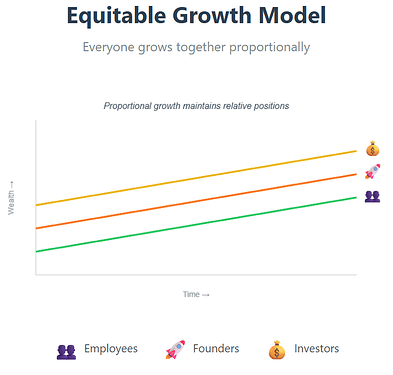TEMP CHECK - Allo.Capital as a Venture Firm
Preamble
Our original plan was to build software. We failed. The aperture was too wide, we didn’t ship anything with clear venture scale upside, and there is no credible path to product-market fit for Allo Protocol. Rather than continue to force a software business, we can pivot to leverage what we already have: a position in the capital allocation conversation, existing cash on our cap table, and network credibility. In doing so, we can support other software businesses in the space.
How
We reposition allo.capital as a venture fund.
-
Take the remaining cash on the balance sheet and formally roll it into Fund I.
-
Create and own the category of “capital allocation” — an investment thesis explicitly focused on funding projects, infrastructure, and experiments that define how capital allocation evolves in the AI + on-chain era.
-
Market allo.capital as the brand that names and shapes this category, selling that narrative into traditional VCs and crypto-native investors.
Program Design
-
Scouts (Intent, Not Promise): We may launch a scouts program where aligned operators can act as deal scouts. Scouts would earn upside on referred deals that the fund invests in, turning allo.capital into a distributed intelligence network for deal flow. I think that this might be a good next direction for the Allominati/protoDAO.
-
Venture Studio: Alongside the fund, allo.capital can function as a studio for spinning up and incubating new ventures. The studio would originate ideas in the capital allocation space, pair them with founding teams, and provide pre-seed capital plus brand/network leverage to accelerate them.
-
Category Creation: Positioning is not just “another crypto VC.” It’s specifically a VC whose mandate is capital allocation as a sector. That means investing in protocols, infra, and applications that rewire how capital moves. And investing in making this narrative legible to family offices and investors across the world.
-
Ecosystem Role: By doing this, we continue our mission of building the capital allocation layer for the tokenized internet — but through investing, not software shipping.
Next Steps
-
Feedback; do we even want to do this?
-
Formalize fund structure and governance.
-
Continue category-defining content and outreach (essays, books, events).
-
Engage potential LPs in October/November (for Devconnect).
-
Explore scouts program design for 2026.


